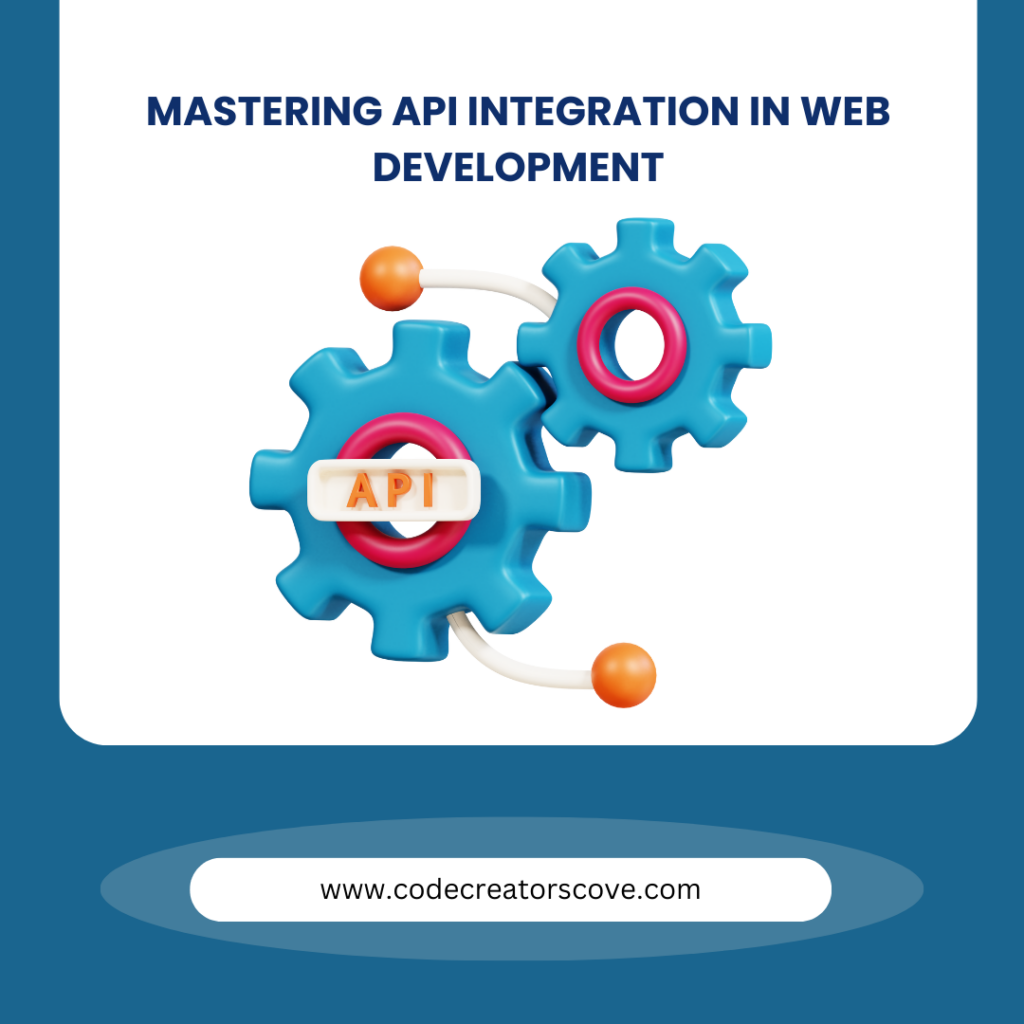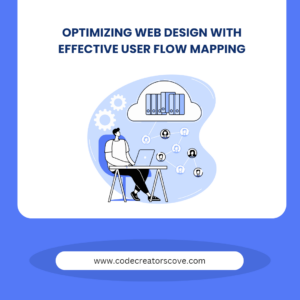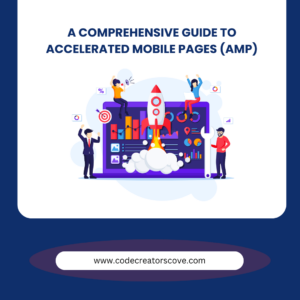In today’s interconnected digital landscape, APIs (Application Programming Interfaces) play a crucial role in web development. APIs allow different software systems to communicate and share data seamlessly. Whether you’re building a website, a mobile app, or a complex web application, understanding API integration is essential. This article will explore what APIs are, why they are important, and how to effectively integrate them into your web development projects.
What is an API?
APIs are sets of rules and protocols that allow one software application to interact with another. They define the methods and data structures needed for communication between systems. APIs can be public (open) or private, depending on whether they are intended for external developers or internal use within an organization.
Types of APIs
There are various types of APIs, each serving different purposes and offering unique benefits.
1. REST (Representational State Transfer): RESTful APIs are the most common type, using standard HTTP methods like GET, POST, PUT, and DELETE. They are stateless and designed to be simple, scalable, and fast.
2. SOAP (Simple Object Access Protocol): SOAP APIs use XML messaging protocol and are known for their robustness and security. They are often used in enterprise-level applications.
3. GraphQL: Developed by Facebook, GraphQL allows clients to request specific data, reducing the amount of data transferred over the network. It is highly flexible and efficient.
4. WebSockets: WebSockets provide full-duplex communication channels over a single, long-lived connection. They are useful for real-time applications like chat apps and live updates.
Why API Integration is Important
API integration offers numerous benefits that enhance the functionality and user experience of web applications.
– Enhanced Functionality: APIs allow developers to leverage existing services and functionalities without building them from scratch. This saves time and resources.
– Improved User Experience: Integrating APIs can enhance the user experience by providing seamless access to third-party services, such as social media login, payment gateways, and geolocation services.
– Scalability: APIs enable web applications to scale efficiently by offloading certain tasks to external services.
– Automation: APIs facilitate automation by allowing different systems to interact and perform tasks without human intervention.
Steps to Integrate APIs in Web Development
Successful API integration involves a series of well-defined steps to ensure smooth communication between systems.
1. Identify the Right API: Choose an API that meets your project requirements. Consider factors like functionality, documentation, support, and community feedback.
2. Read the Documentation: Thoroughly read the API documentation to understand its capabilities, endpoints, authentication methods, rate limits, and error handling.
3. Obtain API Keys: Most APIs require an API key for authentication. Sign up for the API provider’s platform to get your unique key.
4. Set Up Your Environment: Ensure your development environment is configured to make API requests. This may involve setting up libraries or packages for your programming language.
5. Make API Requests: Use the appropriate HTTP methods (GET, POST, PUT, DELETE) to interact with the API. Handle responses and errors properly.
6. Handle Data: Parse the data returned by the API and integrate it into your application. This might involve formatting JSON or XML data.
7. Test Thoroughly: Test the API integration thoroughly to ensure it works as expected. Check for issues like data accuracy, performance, and error handling.
8. Monitor and Maintain: Continuously monitor the API integration for any changes or updates from the API provider. Maintain and update your integration as needed.
Essential API Integration Practices
Following essential practices is key to ensuring your API integration is secure, efficient, and maintainable.
– Secure Your API Keys: Store API keys securely and do not expose them in client-side code. Use environment variables or secure vaults.
– Rate Limiting: Be mindful of the API’s rate limits to avoid throttling. Implement strategies like caching to reduce unnecessary API calls.
– Error Handling: Implement robust error handling to manage different types of API errors, such as network issues, authentication failures, and rate limit exceedances.
– Data Validation: Validate and sanitize the data received from APIs to prevent security vulnerabilities and ensure data integrity.
– Versioning: Be aware of API versioning and ensure your integration is compatible with the API version you are using. Monitor for any deprecations or updates.
Common API Integration Use Cases
APIs are used across various domains to provide a wide range of functionalities and services.
1. Social Media Integration: Integrate APIs from platforms like Facebook, Twitter, and LinkedIn for features like social login, sharing, and fetching user data.
2. Payment Gateways: Use payment APIs like Stripe, PayPal, and Square to handle transactions securely.
3. Maps and Geolocation: Incorporate maps and geolocation services using APIs from Google Maps, Mapbox, and OpenStreetMap.
4. Email Services: Use email APIs like SendGrid, Mailgun, and Amazon SES to send transactional emails and manage mailing lists.
5. Data Analysis: Integrate APIs for data analysis and visualization from platforms like Google Analytics and Tableau.
Conclusion
API integration is a fundamental aspect of modern web development, enabling developers to create powerful, scalable, and efficient applications. By understanding the different types of APIs, the steps involved in integrating them, and best practices, you can leverage the full potential of APIs in your projects. Stay updated with the latest API trends and continuously refine your integration strategies to build robust and innovative web applications.


